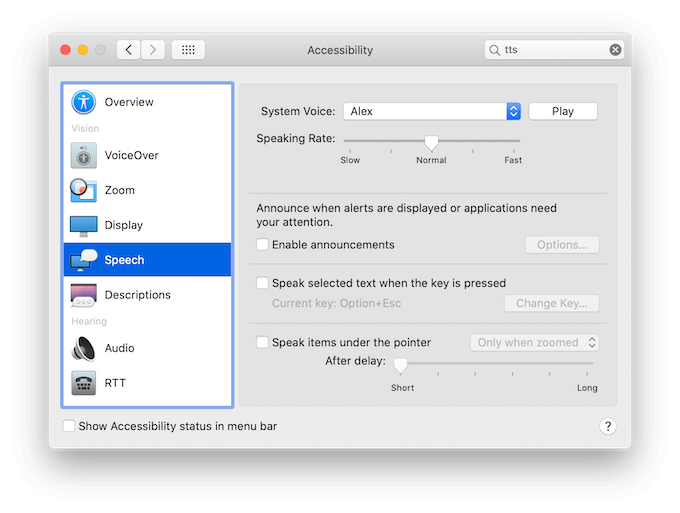

Consult your iPhone or iPad user guide for details.
To use dictation on your iPhone, iPad, or iPod touch, tap the microphone on the onscreen keyboard, then speak. At all times, information collected by Apple is treated in accordance with Apple’s Privacy Policy. 
To learn about Dictation and privacy, choose Apple () menu > System Preferences, click Keyboard, click Dictation, then click the About Dictation & Privacy button.
tab key (advances cursor to the next tab stop). no space on (formats next phrase without spaces). roman numeral (formats next phrase as Roman numeral). numeral (formats next phrase as number).  all caps off (resumes default letter case). all caps (formats next word in ALL CAPS). caps on (formats next phrase in title case). Speak the following words to enter punctuation or other characters.
all caps off (resumes default letter case). all caps (formats next word in ALL CAPS). caps on (formats next phrase in title case). Speak the following words to enter punctuation or other characters. #Mac os x tts windows mac os x
Mac Os X Text To Speech For Windows 8.1 Free Download
To stop dictating, click Done below the microphone icon, press Fn once, or switch to another window. If it doesn't understand you, learn what to do. Dictation learns the characteristics of your voice and adapts to your accent, so the more you use it, the better it understands you. Speak the words that you want your Mac to type. When your Mac can hear you, the input meter inside the microphone rises and falls as you speak. If you turn on advanced dictation commands, the microphone appears in the lower-right corner of your screen, and you can drag it to another position. When your Mac is listening, it displays a microphone to the left or right of the page, aligned with the insertion point. The default shortcut is Fn Fn (press the Fn key twice). Press the keyboard shortcut for starting dictation, or choose Edit > Start Dictation. Go to a document or other text field and place the insertion point where you want your dictated text to appear. Siri isn't the same as Dictation, but you can ask Siri to compose short messages, such as email and text messages. In macOS Sierra, you can ask Siri to “turn on Dictation” for you.







 0 kommentar(er)
0 kommentar(er)
